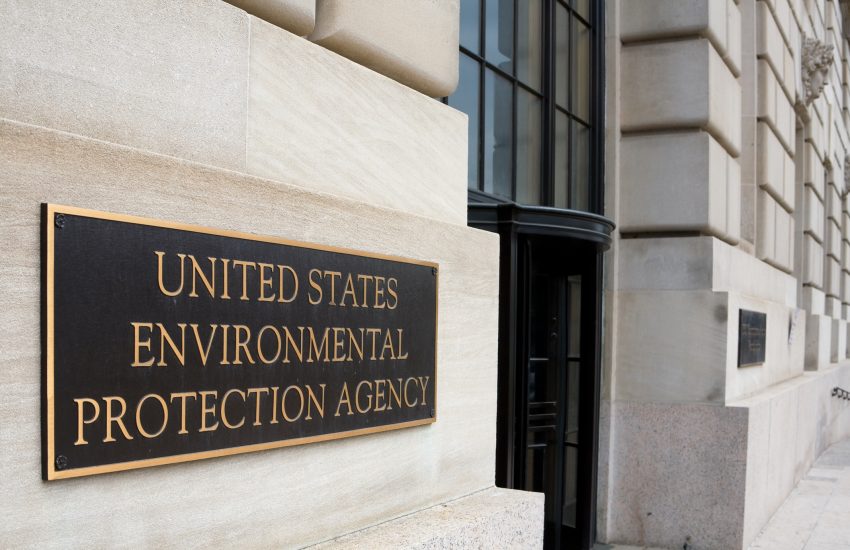The U.S. Environmental Protection Agency this week announced new guidance on New Source Review (NSR) preconstruction permitting requirements “to provide much needed clarity for the buildout of essential power generation and reshoring of manufacturing.”
The action, according to the agency, “provides flexibility to begin certain building activities that are not related to air emissions, such as installing cement pads, before obtaining a Clean Air Act (CAA) construction permit.”
The CAA’s NSR program is a preconstruction permitting program that requires certain stationary sources of air pollution …
Continue Reading







